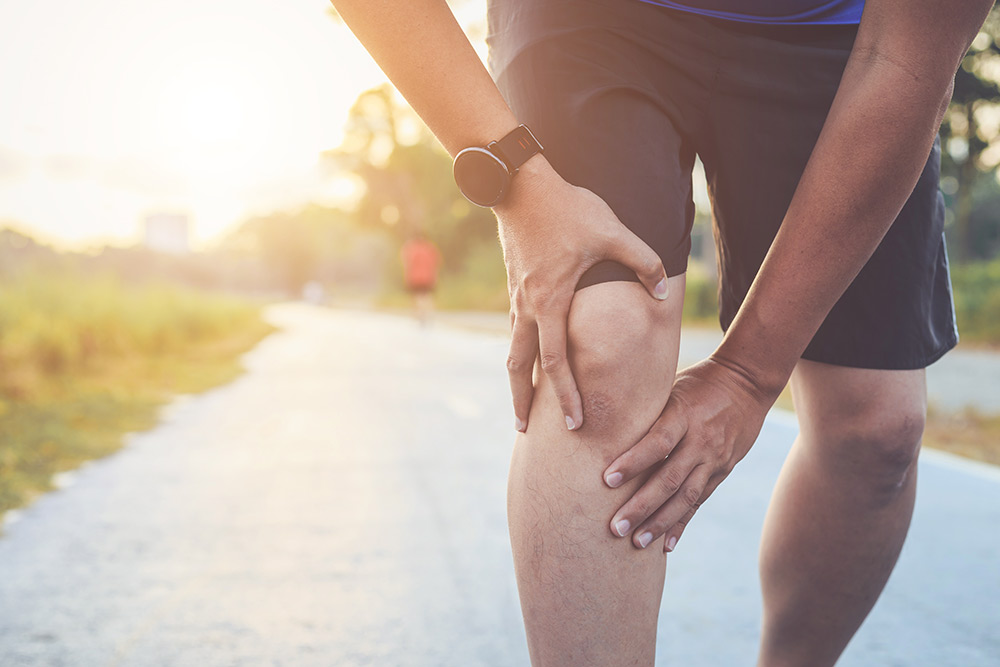5 Symptoms of Osteoarthritis You May Be Ignoring

What is Osteoarthritis?
Osteoarthritis (OA) is degenerative joint pain caused by wear and tear on your joints.
As we get older, the cartilage that cushions your joints begins to wear down, causing the bones to rub together. The repeated rubbing results in pain, swelling, stiffness, and inflammation of the joints.
Osteoarthritis Symptoms
Here is a look at some of the common symptoms of osteoarthritis.
- Pain
Pain is the most prominent symptom of osteoarthritis. Osteoarthritis’s symptoms are usually localized — limited to pain in and around the joints.Sharper pain may also be felt when moving your affected joint in a certain way. - Tenderness & Swelling
Osteoarthritis joints may feel achy and tender when you apply pressure to the joint. Mild swelling may also occur after physical activity or in advanced states of osteoarthritis. - Joint stiffness
Joint stiffness is normal and is mostly felt after inactivity, like when you first wake up or have been sitting at your desk all day.It’s also a sign of early osteoarthritis. Your first instinct may be to continue to rest, but in most cases the stiffness can easily be relieved by gently stretching or moving the affected area. - Limited Range of Motion
People in the early stages of osteoarthritis may notice that moving the affected areas of their bodies may not be as easy as it once was. For example, it may be more difficult to bend over if you have osteoarthritis in the hips.Loss of range of motion is usually a very gradual process. - Cracking sounds
Ever move a joint and hear a “clicking” or “cracking” sound? The sound you hear is the sounds of bones rubbing together without enough cartilage to cushion them.
How to treat Osteoarthritis
- Medical Treatment
Medical treatment for osteoarthritis mainly consists of non-steroidal anti-inflammatory drugs (NSAIDs) and acetaminophen to control pain and inflammation. - Weight Loss
The progression of osteoarthritis can be slowed with lifestyle changes.Extra weight puts more stress on the hips, knees, feet and back. Losing weight will help reduce pain and stop or slow down joint damage.
Right now, there’s no way to reverse the joint damage that has occurred as a result of osteoarthritis.
Although there is no cure, Dr. O’Hearn offers many treatment options available, surgical and nonsurgical, to help manage pain and maintain an active lifestyle.

